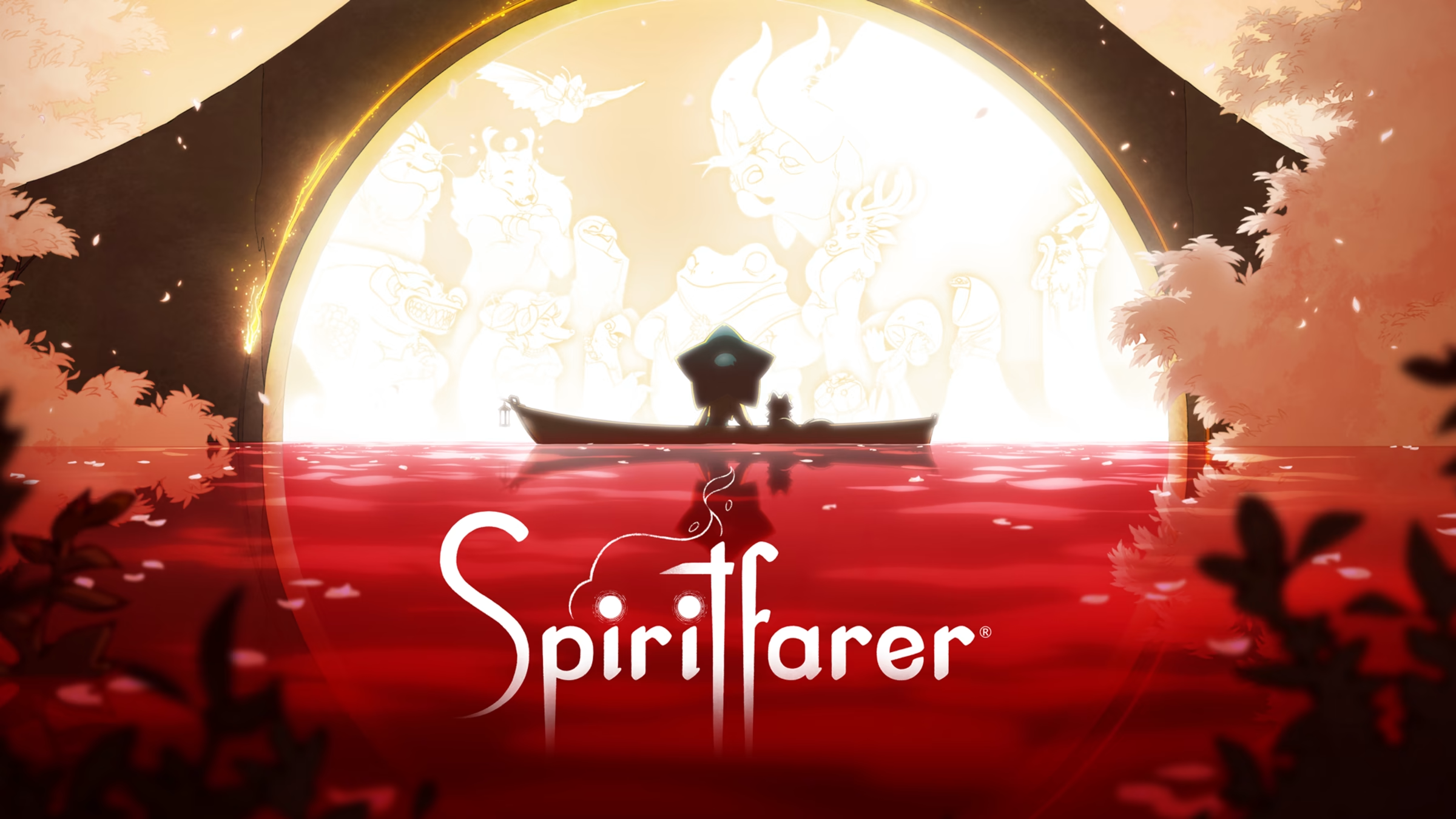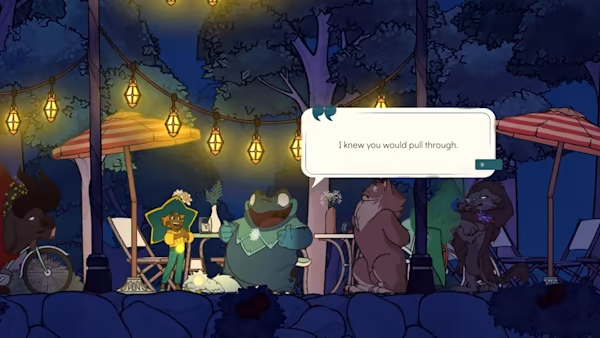There are countless stories and media that explore what happens after we die. Whether it’s the world of Hades, with a chance to run across Zagerus making an escape attempt from the Underworld, or the world of bureaucracy found in Death and Taxes, death and the afterlife are not new topics to the video game world. But rarely do you see it treated with such care as you find in Spiritfarer. Call me a crybaby, but with the care and tenderness taken for every spirit and yourself in this game, the waterworks were ON while I was playing.

In Spiritfarer, you play as Stella, the newly appointed ferryer of the dead. Wielding a multitool called the Everlight, Stella and Daffodil (her cat) escort spirits across a seemingly endless sea, helping them to fulfil their final wishes and resolve their lasting regrets. These quests allow the player to get to know each spirit, all of whom were related or knew Stella in life, filling in the pages of Stella’s own story as you play. But they can’t stay on the boat forever.

Once you’ve done all their tasks, answered all their requests, and likely connected with and befriended each spirit, there’s one final thing on the checklist for them. At the center of the map is the Everdoor, an arched stone bridge that reflects into a perfect circle in the water beneath it. Based on the real life Rakotzbrücke in Gablenz, Germany, the Everdoor works as the final resting place for the spirits you gather, the gateway to the afterlife. It’s here that you come to, time and again, when the spirits are ready to move on, and it’s here that you must say your final goodbyes to them. You literally can’t progress in the game without allowing some of the spirits on your ship to move on, and yet it’s one of the hardest parts of the game. Not physically, the Everdoor is easy to navigate to. But by the time you may feel ready to let them go, saying goodbye is hard.

Spiritfarer understands this, and allows the player to unwind and take all the time they need to say goodbye. With an ocean full of collectible fish, dozens of recipes to discover and cook, and fruits and veg to grow and harvest, you rarely find yourself with nothing to do. The game almost forces you to take things slow in the beginning, having the boat unable to sail at night. It works as a breather between islands, a mandatory break to catch your breath. Evaluate where you are, and what you want to do next.

Both the art and the characters are what initially drew me to Spiritfarer, and for good reason. With 15 spirits in the game as of the Farewell Edition, and dozens of characters scattered across the islands in game, each character is positively oozing with personality, especially among the spirits that reside on the boat for a time. Maybe you’ll be a fan of Stanley, the little mushroom boy who draws pictures of Stella and asks them to put random stuff in the foundry, just to see what happens. Or Gustav, the eccentric art collector and owl who, when in a good mood, will play a jaunty tune on his violin for all the boat to hear. Whoever your favorite may be, the design of both them and the houses you build for them on the boat are clearly created with love, as is all the art and music in the game.

Saying goodbye is hard. Accepting death is hard. But maybe, with practice, patience and love, it will get easier. Spiritfarer is a beautiful homage to both life and death, and the memories we create with each other. With plenty of ties to mythology and the cycle of life and death, the game was respectful and enjoyable, despite how much I cried when I had to take Stanley or Alice to the Everdoor. It’s a game about acceptance, understanding, and moving on, both figuratively and literally. Just have a box of tissues handy when you play.